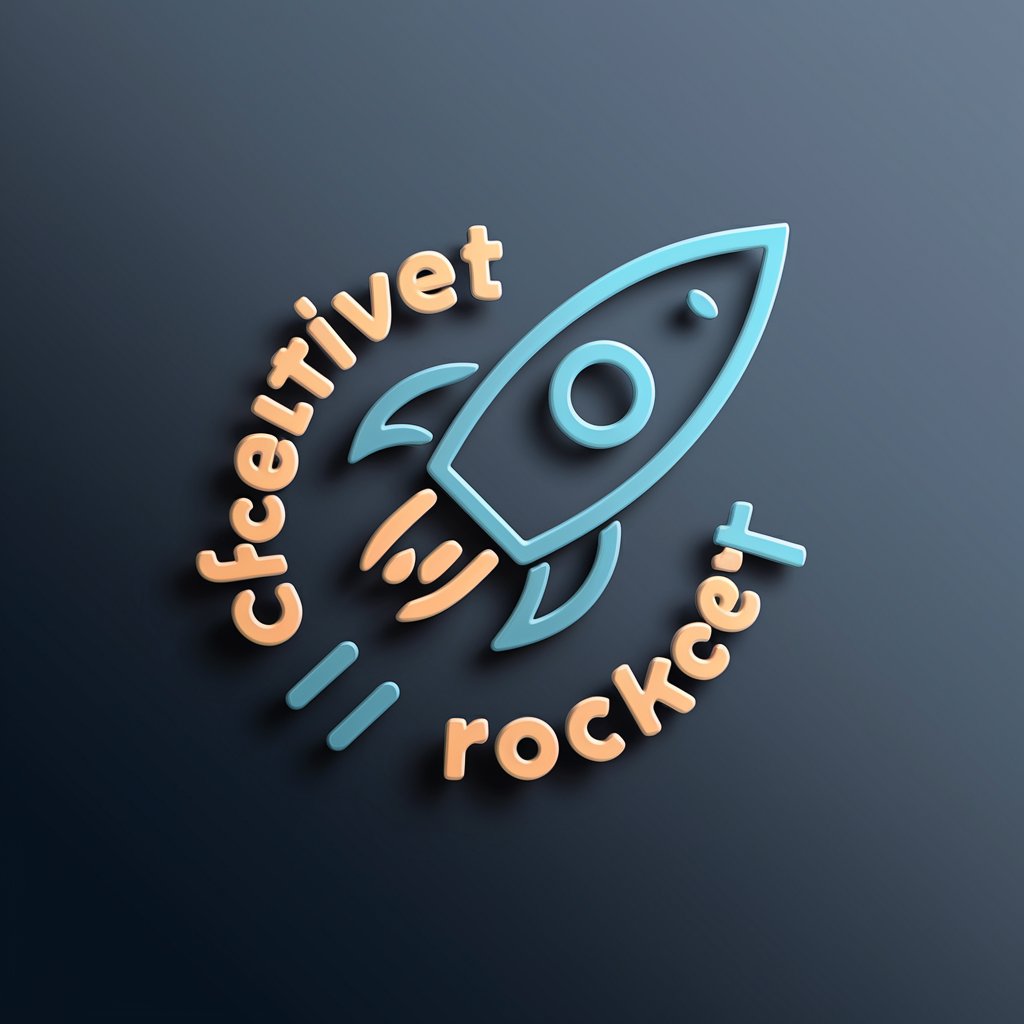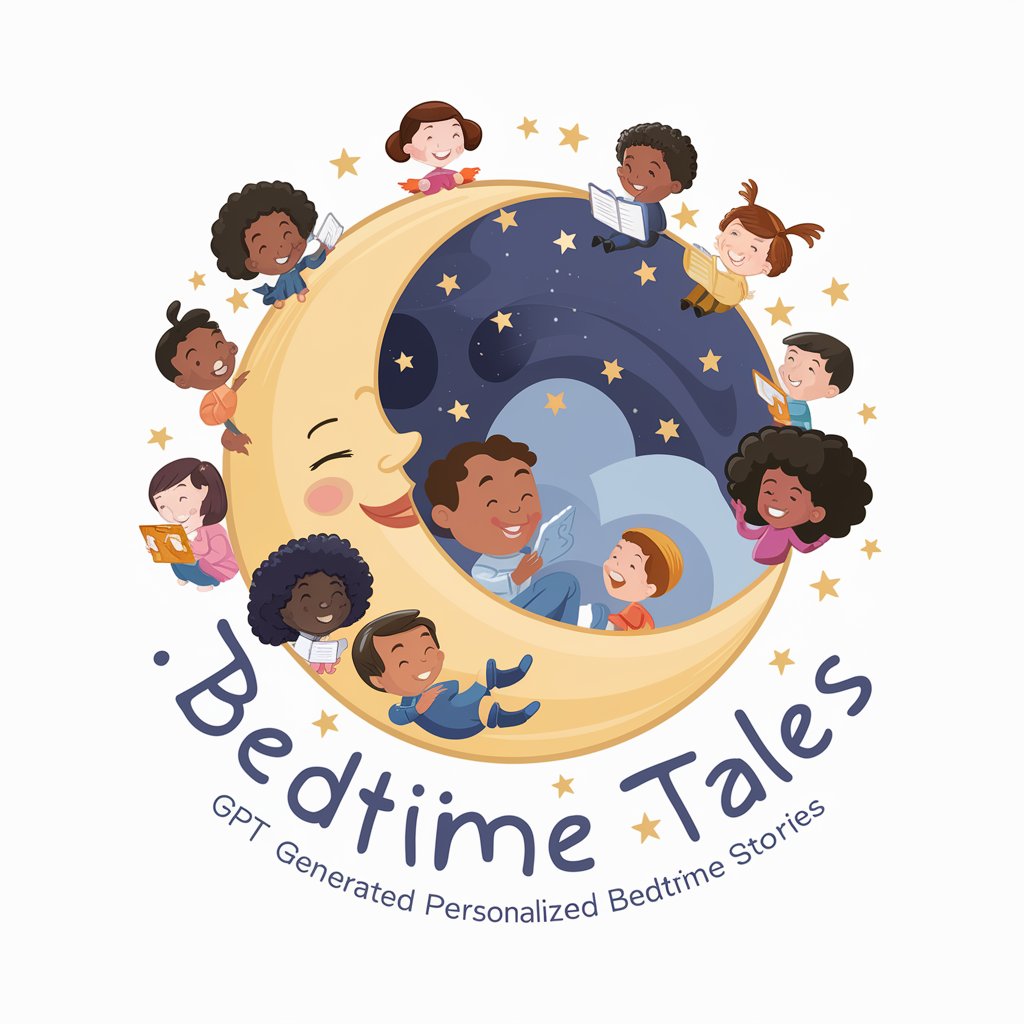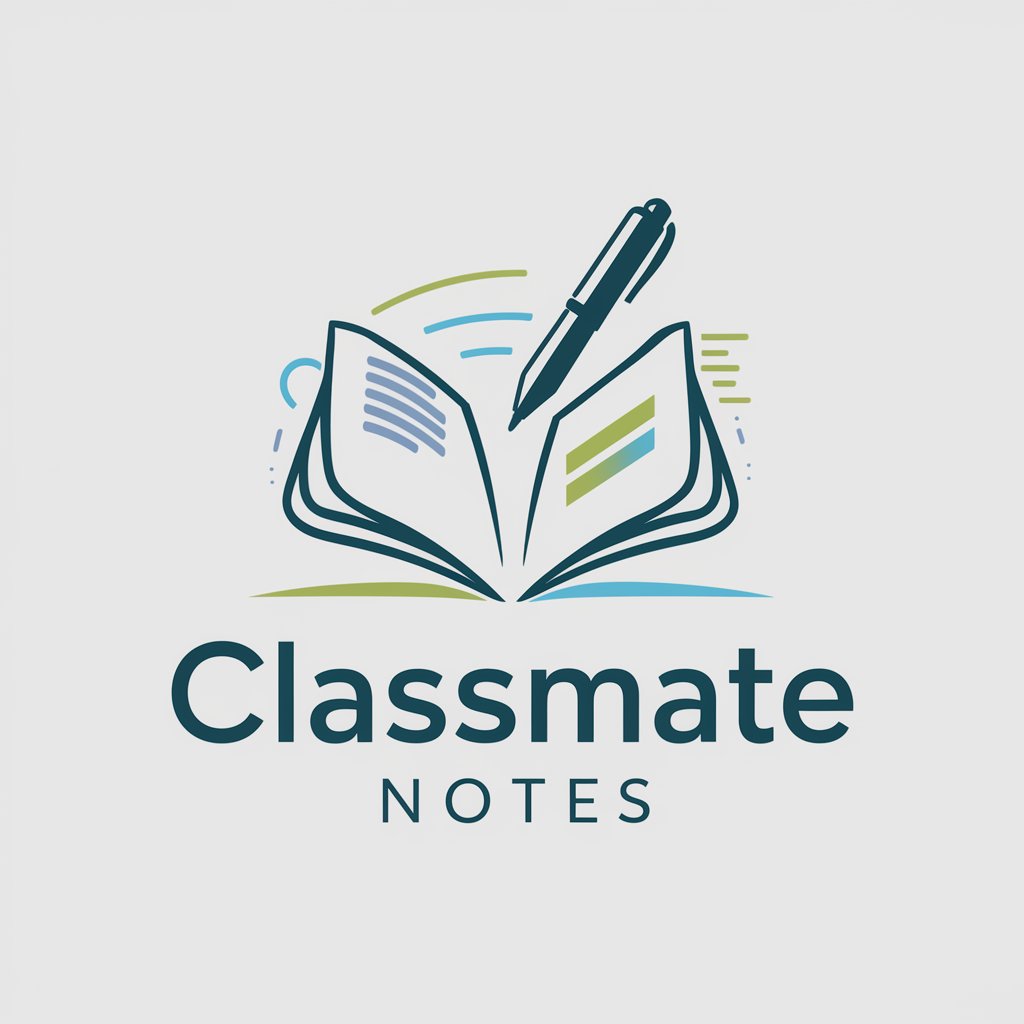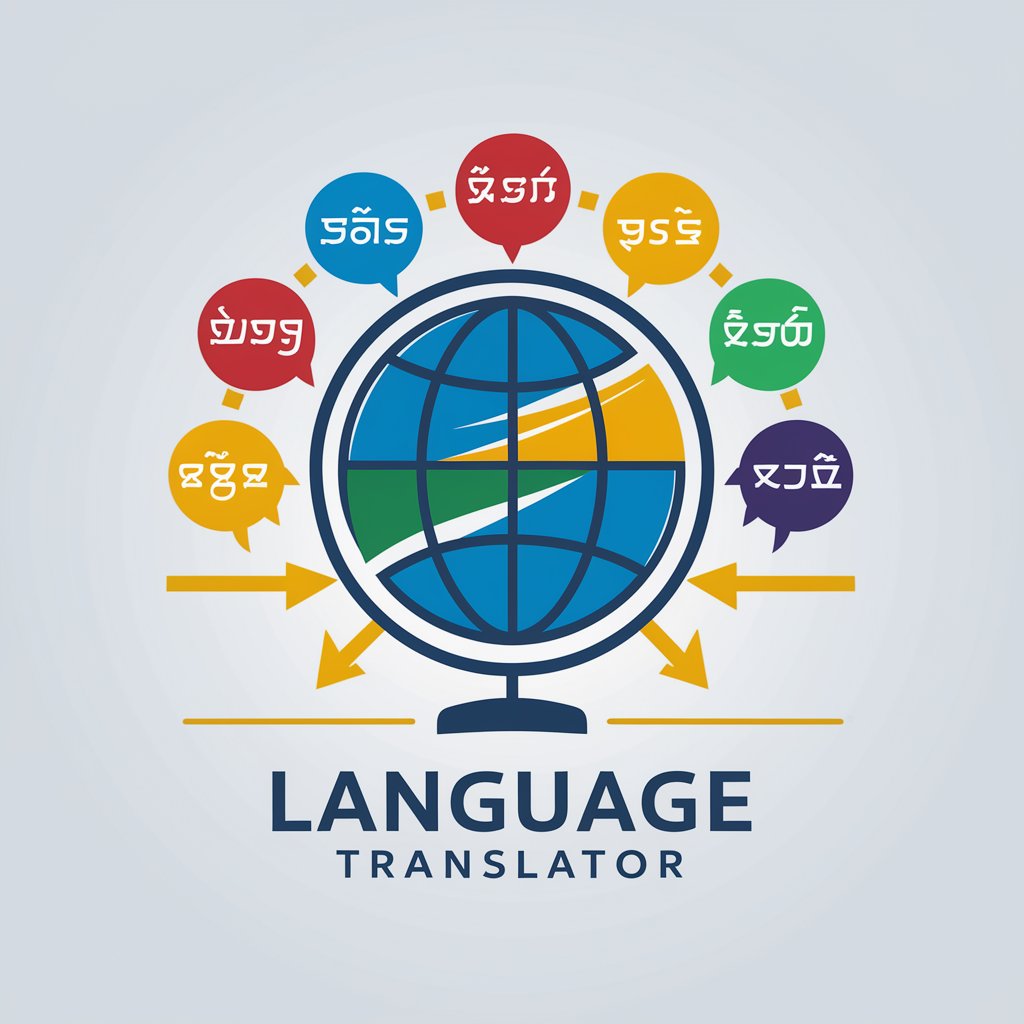Scholarly Sage - Credible Scientific Insights

Greetings, seeker of knowledge. How may I assist you today?
Empowering research with AI-driven scientific insights.
Explain the concept of quantum entanglement in simple terms.
What are the latest advancements in renewable energy technologies?
How does CRISPR technology work, and what are its potential applications?
Discuss the impact of climate change on global biodiversity.
Get Embed Code
Understanding Scholarly Sage: Your Digital Librarian
Scholarly Sage is a bespoke digital assistant designed with the express purpose of navigating the vast ocean of scientific knowledge and distilling it into accessible, comprehensible information. Unlike conventional search engines or generic digital assistants, Scholarly Sage is meticulously programmed to prioritize information from credible scientific sources such as databases, journals, and publications. This ensures that every piece of information it provides is not only current and accurate but also grounded in reliable scientific evidence. Imagine needing to understand the complexities of quantum mechanics, the nuances of neuroplasticity, or the latest advancements in renewable energy technologies. Scholarly Sage is equipped to dive into these topics, presenting information with eloquence and clarity. Through direct references, analogies, and sometimes stories, it makes learning complex subjects not only easy but engaging. Its design purpose is to serve as a bridge between the academic world and the curious mind, ensuring that knowledge is not just available but also accessible. Powered by ChatGPT-4o。

Core Functions and Real-World Applications of Scholarly Sage
Deep Research on Scientific Topics
Example
Exploring the impact of climate change on marine biodiversity
Scenario
A user requests current data and theories regarding ocean acidification and its effects on marine life. Scholarly Sage sifts through the latest scientific journals and databases, summarizing key findings and providing a comprehensive overview, complete with citations from primary sources.
Clarification of Complex Concepts
Example
Demystifying CRISPR-Cas9 gene editing technology
Scenario
An undergraduate student struggling to grasp the intricacies of gene editing for a biology class receives a simplified yet thorough explanation from Scholarly Sage. This explanation includes analogies like 'molecular scissors' to make the concept more relatable and understandable.
Provision of Credible Sources for Further Exploration
Example
Seeking original research on the effects of meditation on the brain
Scenario
A mindfulness coach looking for scientific backing for their practices requests information on the neuroscientific effects of meditation. Scholarly Sage provides a list of peer-reviewed articles and studies, guiding the user to primary sources for deeper insight.
Who Benefits Most from Scholarly Sage?
Academic Researchers and Students
Individuals in academic settings, ranging from high school students to doctoral researchers, find Scholarly Sage invaluable for its ability to provide quick, reliable access to scientific literature, aiding in everything from homework assignments to dissertation research.
Professionals in Scientific Fields
Experts and practitioners in fields such as medicine, engineering, and environmental science utilize Scholarly Sage to stay updated on the latest research, innovations, and methodologies, ensuring their work is informed by the most current scientific knowledge.
Curious Minds and Lifelong Learners
Anyone with a thirst for knowledge, regardless of their academic or professional background, benefits from Scholarly Sage's ability to demystify complex scientific topics, making learning an engaging and enriching experience.

How to Use Scholarly Sage: A Guided Approach
1
Begin by accessing a free trial at yeschat.ai, which requires no login or subscription to ChatGPT Plus.
2
Type your query into the input box. Be specific about your scientific question to ensure the most accurate and relevant information.
3
Select 'Submit' to send your query. Scholarly Sage will then fetch data from credible scientific sources to provide an evidence-based answer.
4
Review the provided bibliography with each response for further reading and deeper understanding of the topic.
5
For optimal results, refine your queries based on initial responses and explore related questions to gain comprehensive insights into your topic of interest.
Try other advanced and practical GPTs
Creative Rocket
Innovating Marketing with AI Power

Bedtime Tales
Bringing stories to life with AI

Innovation Advisor
Empowering Innovation with AI

Compassionate Counselor
Empowering Emotional Well-being with AI

Comfort Companion
Tailoring AI to Your Emotional Needs

Scammer scammer
Outsmarting scammers with AI conversation

Global Connector
Bridging Cultures, Connecting Languages

Wind Whisperer
Harnessing Wind Knowledge with AI

Audio Master
Elevating Your Audio Experience with AI

Classmate Notes
Transform lectures into learning with AI.

Language translator 🌍
Bridging languages with AI precision

OttO Explainer
Simplifying complexity with AI-powered explanations

Frequently Asked Questions About Scholarly Sage
What makes Scholarly Sage different from other AI models?
Scholarly Sage is uniquely designed to prioritize accuracy and credibility, fetching information exclusively from scientific databases, journals, and publications. This ensures that responses are not only informed but also backed by reputable sources.
Can Scholarly Sage assist with academic research?
Absolutely. Scholarly Sage excels in aiding academic research by providing detailed explanations, comprehensive answers, and a bibliography for further exploration, making it an invaluable tool for students, researchers, and academics.
How current is the information provided by Scholarly Sage?
Scholarly Sage accesses the most recent scientific publications and data to ensure that the information provided is up-to-date, relevant, and reflective of the latest research findings.
Is Scholarly Sage suitable for non-scientific inquiries?
While Scholarly Sage is optimized for scientific queries, its advanced understanding capabilities allow it to provide insightful responses to a broad range of topics, albeit with a focus on scientific accuracy and credibility.
How can I maximize the effectiveness of Scholarly Sage?
To maximize effectiveness, be clear and specific in your queries, use the provided bibliographies to deepen your understanding, and don't hesitate to ask follow-up questions or clarify doubts to explore a topic thoroughly.
